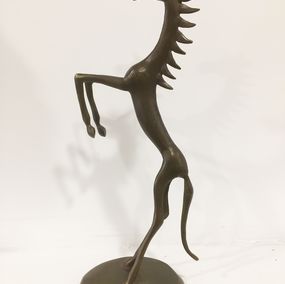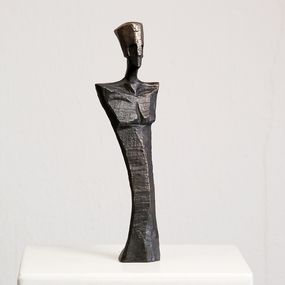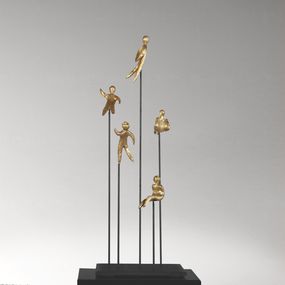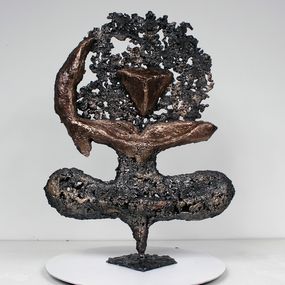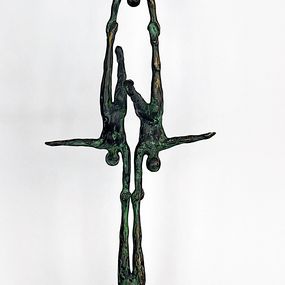
Bronze Sculpture for Sale
The technique of creating bronze sculptures has remained largely unchanged since ancient times. Sculptors begin by molding the subject in wax, then encase it in clay, before pouring molten bronze, an alloy of copper and tin, into the mold. Once the bronze cools, the clay is broken away, leaving the bronze sculpture behind. This time-tested process allows for high levels of detail, making bronze a highly valued material for sculptors, particularly for outdoor works due to its robustness and resistance to the elements. Additionally, bronze sculptures can be enhanced with patinas, which give them a range of color nuances, adding to their appeal and uniqueness.
Bronze is one of the oldest materials used in art, dating back to around 2800 BC, when it was first used to create tools and sculptures in ancient civilizations such as Mesopotamia, Egypt, and China. In Mesopotamia, bronze was used to represent animals in sacred art, while in Egypt, it was used to personify gods and create small statues for tombs. However, it was in ancient Greece where the material truly flourished, as craftsmen began to create remarkably lifelike human figures and deities. This innovation cemented bronze's place in the history of art, with many Greek works being imported to Rome. In Rome, the demand for bronze sculptures grew, and the production of bronze statues became a popular way to decorate theatres and the homes of the wealthy.
As Christianity rose to prominence, the focus shifted to church decorations, leading to the replacement of bronze sculptures with stone carvings. It wasn't until the 14th century that the art form experienced a revival, with the rediscovery of bronze masterpieces during archaeological excavations in Italy. This resurgence continued into the 15th century, when artists like Filippo Brunelleschi and Lorenzo Ghiberti used bronze to decorate the Florence Baptistery doors, marking the beginning of the Renaissance. Donatello, influenced by Roman art, was a pioneer in conveying emotion through bronze sculptures, followed by his pupil, Andrea del Verrocchio, who also trained Leonardo da Vinci. As the Renaissance spread across Europe, bronze sculptures became highly sought after, particularly in Italy, where artists competed to produce the most impressive works.
The 16th century saw the Flemish sculptor Jean de Bologne rise to prominence as the master of bronze sculpture, and his influence played a key role in spreading the technique across Europe. In France, however, the demand for bronze sculptures fluctuated with the political regime, especially during the reign of Louis XIV, when sculptors were commissioned to create bronze works to decorate the royal court, including the grand halls of Versailles.
The 19th century saw a revival of bronze sculpture, with artists like Auguste Rodin and Camille Claudel pushing the boundaries of the medium. The 20th century saw further innovation, with movements like Cubism and Art Deco incorporating bronze into their works. While bronze is a heavy and expensive material, which can make it less accessible for collectors, contemporary artists continue to use it for large-scale, striking sculptures. On Artsper, you can find bronze works by renowned contemporary artists such as Giuseppe Penone, Alberto Giacometti, César Baldaccini, and Philippe Pasqua. From Giacometti's surreal, elongated figures to the whimsical butterflies and still-life sculptures of Pasqua, bronze continues to captivate with its enduring appeal, blending tradition and innovation in the modern art world.
Save your search and find it in your favorites
Save your search to find it quickly
Saved search
Your search is accessible from the favorites tab > My favorite searches
Unsaved search
A problem occurred


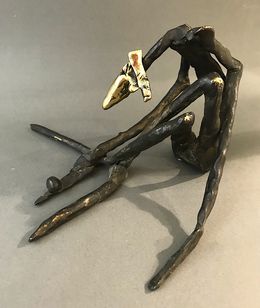
Sitting Mym, no. 1/1
Jaromir Gargulak
Sculpture - 10 x 16 x 17 cm Sculpture - 3.9 x 6.3 x 6.7 inch
€890 €801
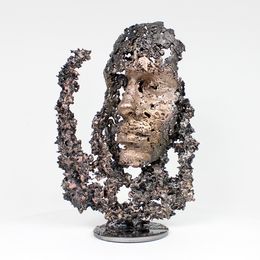
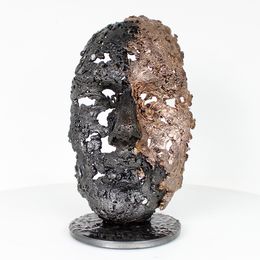

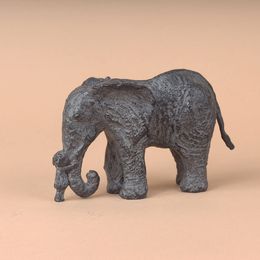
Little Louise and her elephant version 2
Sophie Verger
Sculpture - 7.5 x 11.5 x 5.3 cm Sculpture - 3 x 4.5 x 2.1 inch
€1,100

Petit Tiens Bon / Small Hold On
Sophie Verger
Sculpture - 15 x 26 x 10.5 cm Sculpture - 5.9 x 10.2 x 4.1 inch
€2,800

Little bears with a balloon
Sophie Verger
Sculpture - 29 x 16 x 11 cm Sculpture - 11.4 x 6.3 x 4.3 inch
€2,500
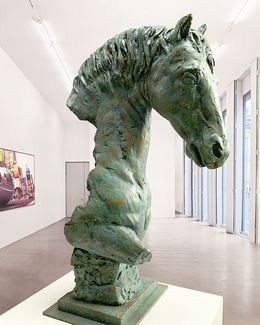
Tête de cheval impressionniste oxyde vert
Martín Duque
Sculpture - 53 x 21 x 30.5 cm Sculpture - 20.9 x 8.3 x 12 inch
€1,280
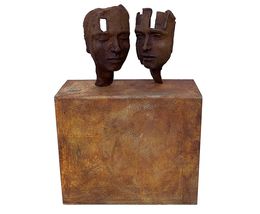
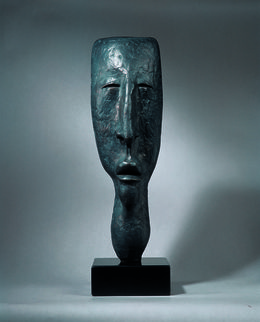
S078 Mémoire pour Herve
Jacques Tenenhaus
Sculpture - 70 x 21 x 21 cm Sculpture - 27.6 x 8.3 x 8.3 inch
€10,000

A Warm Welcome, no. V/VIII
Joanna Zakrzewska-Cholewa
Sculpture - 14 x 16 x 8.5 cm Sculpture - 5.5 x 6.3 x 3.3 inch
€1,700 €1,564
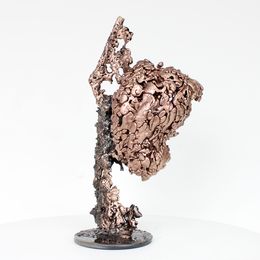
Montagne Yogi 89-22
Philippe Buil
Sculpture - 29 x 17 x 10 cm Sculpture - 11.4 x 6.7 x 3.9 inch
€950
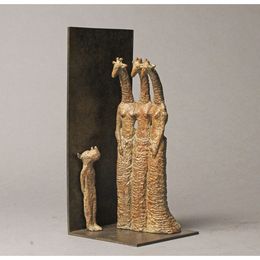
Very shine / Tout timide
Sophie Verger
Sculpture - 23 x 10 x 11 cm Sculpture - 9.1 x 3.9 x 4.3 inch
€2,200

Les gens heureux... (Terre d'enfants)
Olivier Messas
Sculpture - 22 x 15 x 16 cm Sculpture - 8.7 x 5.9 x 6.3 inch
€2,200

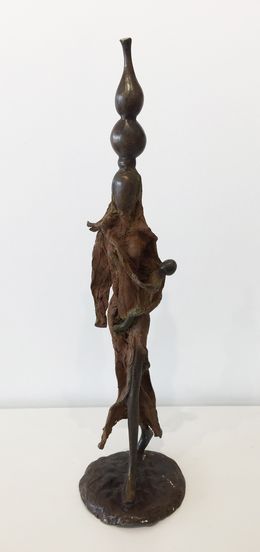
Sans titre (porteuse)
Salfo Dermé (Yabré)
Sculpture - 48 x 12 x 13 cm Sculpture - 18.9 x 4.7 x 5.1 inch
€1,200
![Sculpture, La famille heureuse... "Bonheur" [version : blanche] (Histoire de famille 2021), Olivier Messas](https://media.artsper.com/artwork/1547715_1_grid.jpg)
La famille heureuse... "Bonheur" [version : blanche] (Histoire de famille 2021)
Olivier Messas
Sculpture - 34 x 30 x 8 cm Sculpture - 13.4 x 11.8 x 3.1 inch
€4,200
![Sculpture, Jamais deux sans trois... "Harmonie" [ version : blanche ] (Série : Histoire de famille 2021), Olivier Messas](https://media.artsper.com/artwork/1547709_1_grid.jpg)
Jamais deux sans trois... "Harmonie" [ version : blanche ] (Série : Histoire de famille 2021)
Olivier Messas
Sculpture - 34 x 20 x 10 cm Sculpture - 13.4 x 7.9 x 3.9 inch
€2,650
![Sculpture, Jamais deux sans trois... "Harmonie" [ version : jaune ] (Série : Histoire de famille 2021), Olivier Messas](https://media.artsper.com/artwork/1547703_1_grid.jpg)
Jamais deux sans trois... "Harmonie" [ version : jaune ] (Série : Histoire de famille 2021)
Olivier Messas
Sculpture - 34 x 20 x 10 cm Sculpture - 13.4 x 7.9 x 3.9 inch
€2,650


Femme feuille (Saison sèche)
Salfo Dermé (Yabré)
Sculpture - 50 x 20 x 13 cm Sculpture - 19.7 x 7.9 x 5.1 inch
€1,800


Tête de cheval
Christophe Charbonnel
Sculpture - 101 x 60 x 36 cm Sculpture - 39.8 x 23.6 x 14.2 inch
€45,000
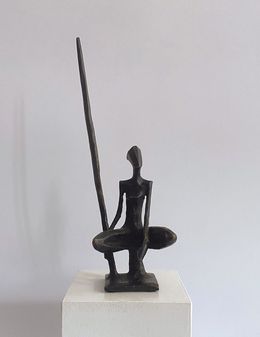
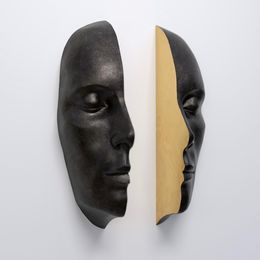

Coquilles Saint-Jacques 10-24
Philippe Buil
Sculpture - 24 x 17 x 12 cm Sculpture - 9.4 x 6.7 x 4.7 inch
€600
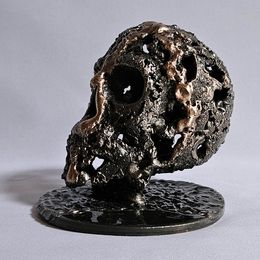
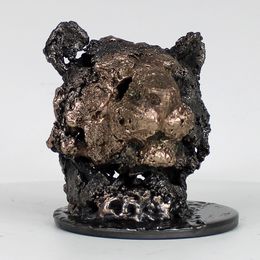

Eros et Agape 26-23
Philippe Buil
Sculpture - 26 x 15 x 10 cm Sculpture - 10.2 x 5.9 x 3.9 inch
€600

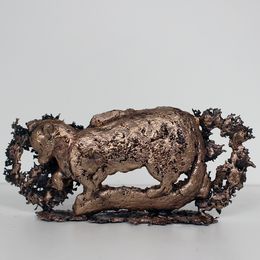

Flamme vanité 90-23
Philippe Buil
Sculpture - 34 x 12 x 10 cm Sculpture - 13.4 x 4.7 x 3.9 inch
€700

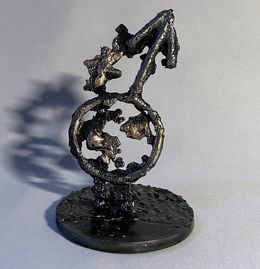
Symbole Masculin 19-25
Philippe Buil
Sculpture - 12 x 8 x 8 cm Sculpture - 4.7 x 3.1 x 3.1 inch
€250
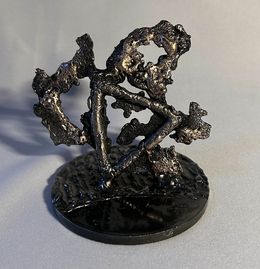
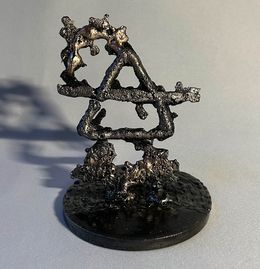
Symbole de l'air 20-25
Philippe Buil
Sculpture - 10 x 8 x 8 cm Sculpture - 3.9 x 3.1 x 3.1 inch
€250
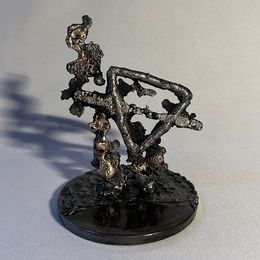
Symbole de la terre 18-25
Philippe Buil
Sculpture - 11 x 9 x 8 cm Sculpture - 4.3 x 3.5 x 3.1 inch
€250
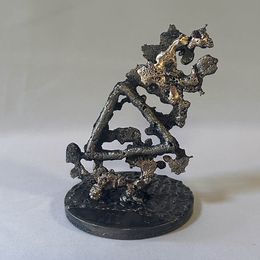

Panthère bronze dentelle ajourée
Richard Orlinski
Sculpture - 17 x 40 x 9 cm Sculpture - 6.7 x 15.7 x 3.5 inch
€24,000


Iron Clad - Rhino
Sara Ingleby-Mackenzie
Sculpture - 10 x 18 x 9 cm Sculpture - 3.9 x 7.1 x 3.5 inch
€2,168


Tiger Tiger
Sara Ingleby-Mackenzie
Sculpture - 16 x 24 x 8 cm Sculpture - 6.3 x 9.4 x 3.1 inch
€2,416
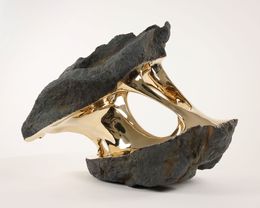





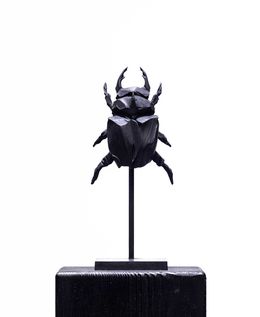
Oryctes (scarabe)
Yoann Merienne
Sculpture - 23 x 10 x 9.5 cm Sculpture - 9.1 x 3.9 x 3.7 inch
€1,900

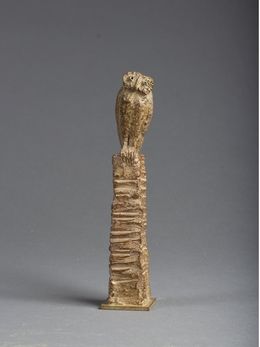
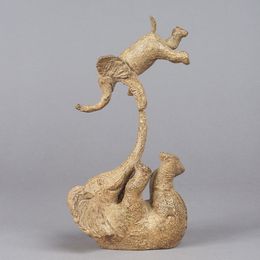

Two elephants entwined
Sophie Verger
Sculpture - 11 x 12 x 9 cm Sculpture - 4.3 x 4.7 x 3.5 inch
€1,700

Two bears entwined
Sophie Verger
Sculpture - 9.5 x 9.5 x 9 cm Sculpture - 3.7 x 3.7 x 3.5 inch
€1,400


Run there fast !
Sophie Verger
Sculpture - 13 x 5.5 x 9.5 cm Sculpture - 5.1 x 2.2 x 3.7 inch
€1,200


Esmeralda (version bronze brut)
Liselotte Andersen
Sculpture - 97 x 7 x 3 cm Sculpture - 38.2 x 2.8 x 1.2 inch
€2,700

La connexion
Liselotte Andersen
Sculpture - 73 x 20 x 0.5 cm Sculpture - 28.7 x 7.9 x 0.2 inch
€4,900

Qu'est-ce qu'on fait ?
Liselotte Andersen
Sculpture - 13 x 28 x 28 cm Sculpture - 5.1 x 11 x 11 inch
€3,100

Open space” from the serie ”The day after
Arman
Sculpture - 182 x 90 x 46 cm Sculpture - 71.7 x 35.4 x 18.1 inch
€95,000
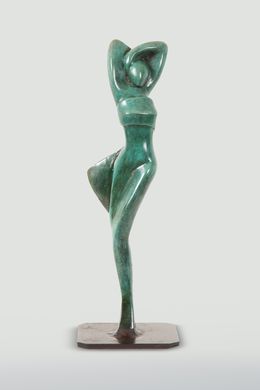
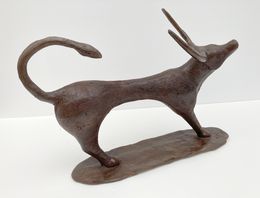
Vache Watusi
Salfo Dermé (Yabré)
Sculpture - 18 x 26 x 10 cm Sculpture - 7.1 x 10.2 x 3.9 inch
€1,000
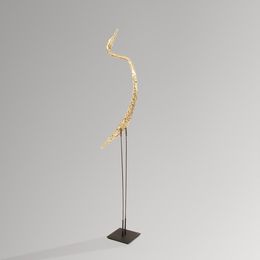

Le Cavalier (bronze)
Antoniucci Volti
Sculpture - 110 x 35 x 105 cm Sculpture - 43.3 x 13.8 x 41.3 inch
€65,000
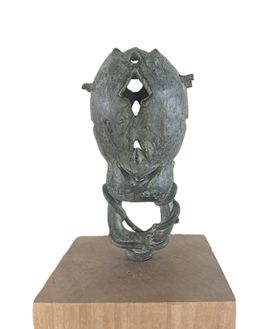
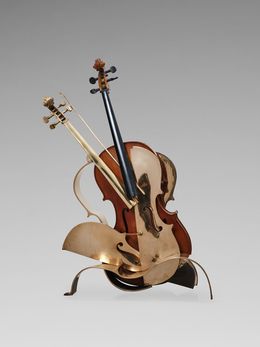


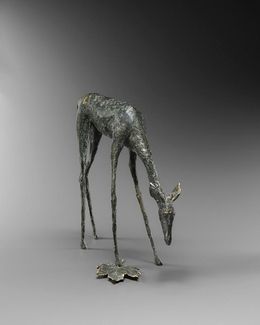
BIche en automne
Christine Guillemin
Sculpture - 26 x 27 x 12 cm Sculpture - 10.2 x 10.6 x 4.7 inch
€4,800
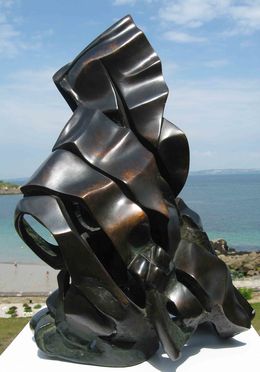
Le bain du crépuscule
Bernard Métranve
Sculpture - 65 x 46 x 34 cm Sculpture - 25.6 x 18.1 x 13.4 inch
€15,400
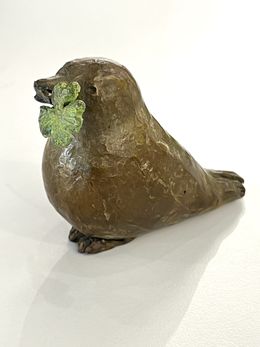
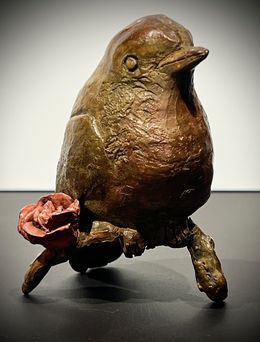
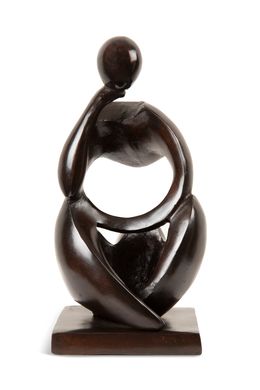

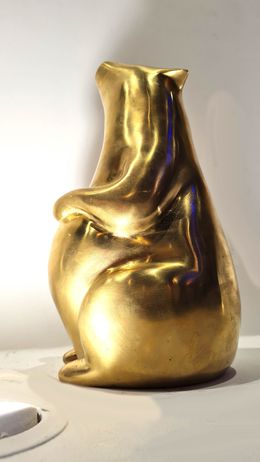

Masque de Jéricho
Romain Langlois
Sculpture - 56 x 23 x 25 cm Sculpture - 22 x 9.1 x 9.8 inch
€15,000

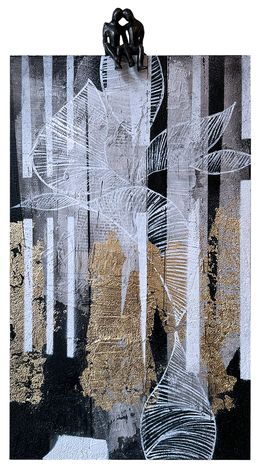
L'homme est la fleur de la Terre... (Terre d’enfants)
Olivier Messas
Sculpture - 56 x 30 x 6 cm Sculpture - 22 x 11.8 x 2.4 inch
€2,600
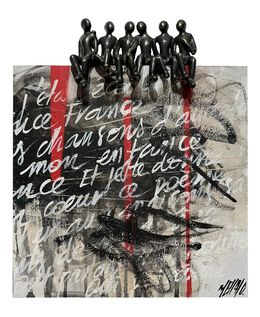
Cher pays de mon enfance... III (Terre d’enfants)
Olivier Messas
Sculpture - 36 x 30 x 5 cm Sculpture - 14.2 x 11.8 x 2 inch
€2,200
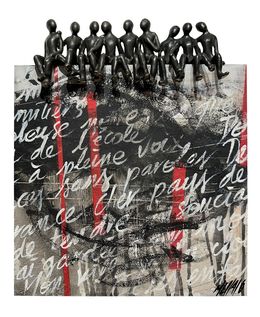
Cher pays de mon enfance... II (Terre d’enfants)
Olivier Messas
Sculpture - 36 x 30 x 5 cm Sculpture - 14.2 x 11.8 x 2 inch
€2,500
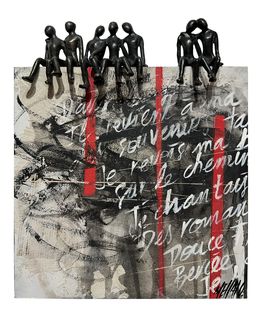
Cher pays de mon enfance... I (Terre d’enfants)
Olivier Messas
Sculpture - 36 x 30 x 5 cm Sculpture - 14.2 x 11.8 x 2 inch
€2,500
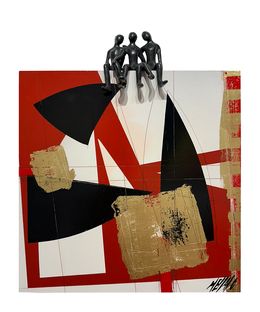
Diversité... (Terre d’enfants)
Olivier Messas
Sculpture - 36 x 30 x 5 cm Sculpture - 14.2 x 11.8 x 2 inch
€2,200

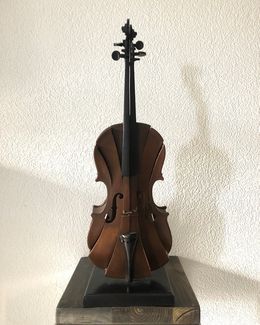
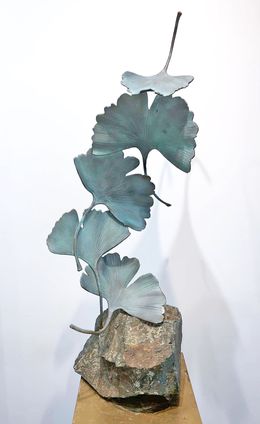

L'éloge de l'ennui
Yoann Merienne
Sculpture - 24 x 27 x 37 cm Sculpture - 9.4 x 10.6 x 14.6 inch
€6,500

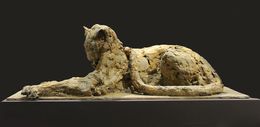
Léopard au repos
Patrick Villas
Sculpture - 40 x 113 x 37 cm Sculpture - 15.7 x 44.5 x 14.6 inch
€28,000
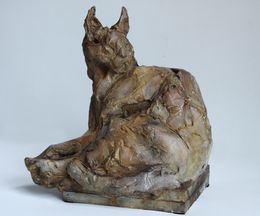
Discover the styles & movements
Discover the selection of our experts
Bronze sculptures are made from a series of wax molds, into which the sculptor pours melted bronze to create the final sculpture.
Bronze is used for sculptures because it expands just before it hardens, resulting in the accentuation of fine details. The bronze then shrinks slightly as it cools down, which makes it easy to remove the cast.
You can tell if a sculpture is bronze by testing if a magnet sticks to it, as iron is magnetic. Bronze also does not have the ability to rust, so a bronze sculpture will not have signs of corrosion on its surface.



